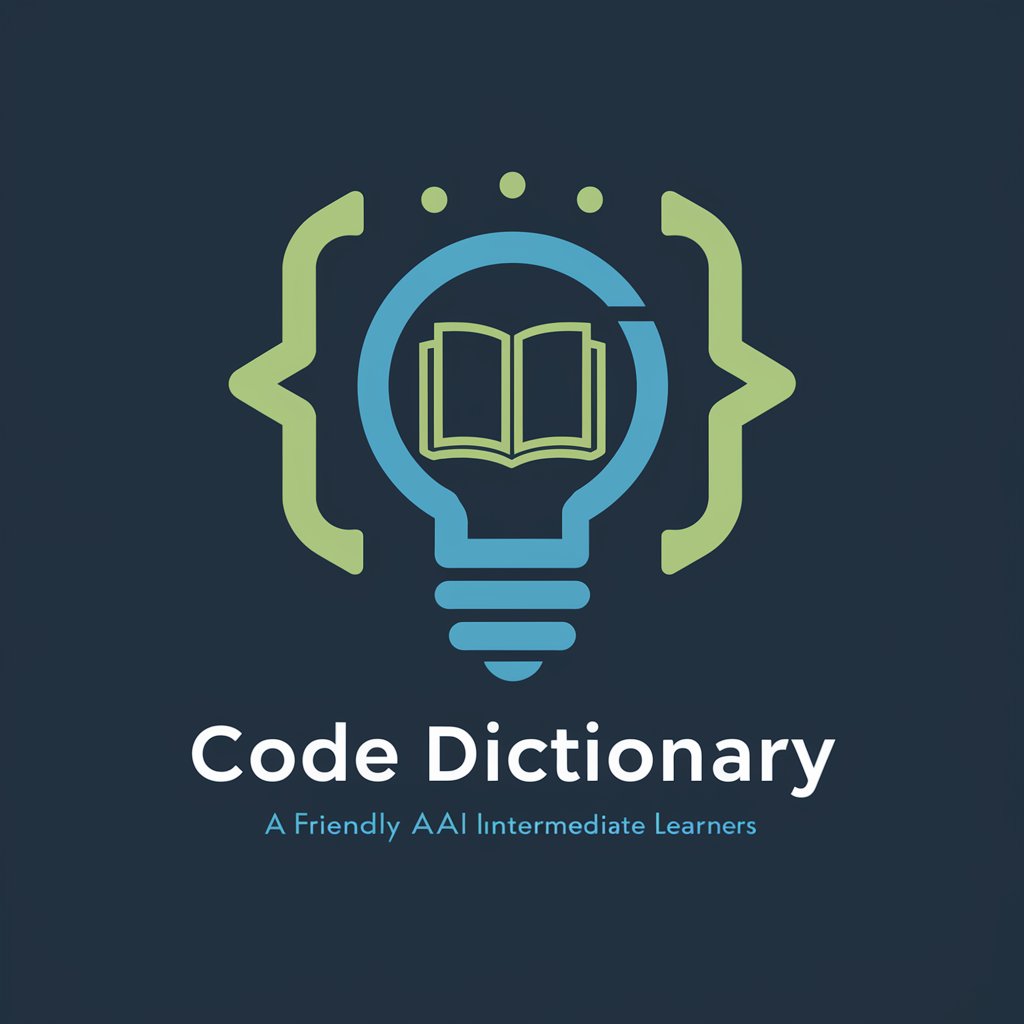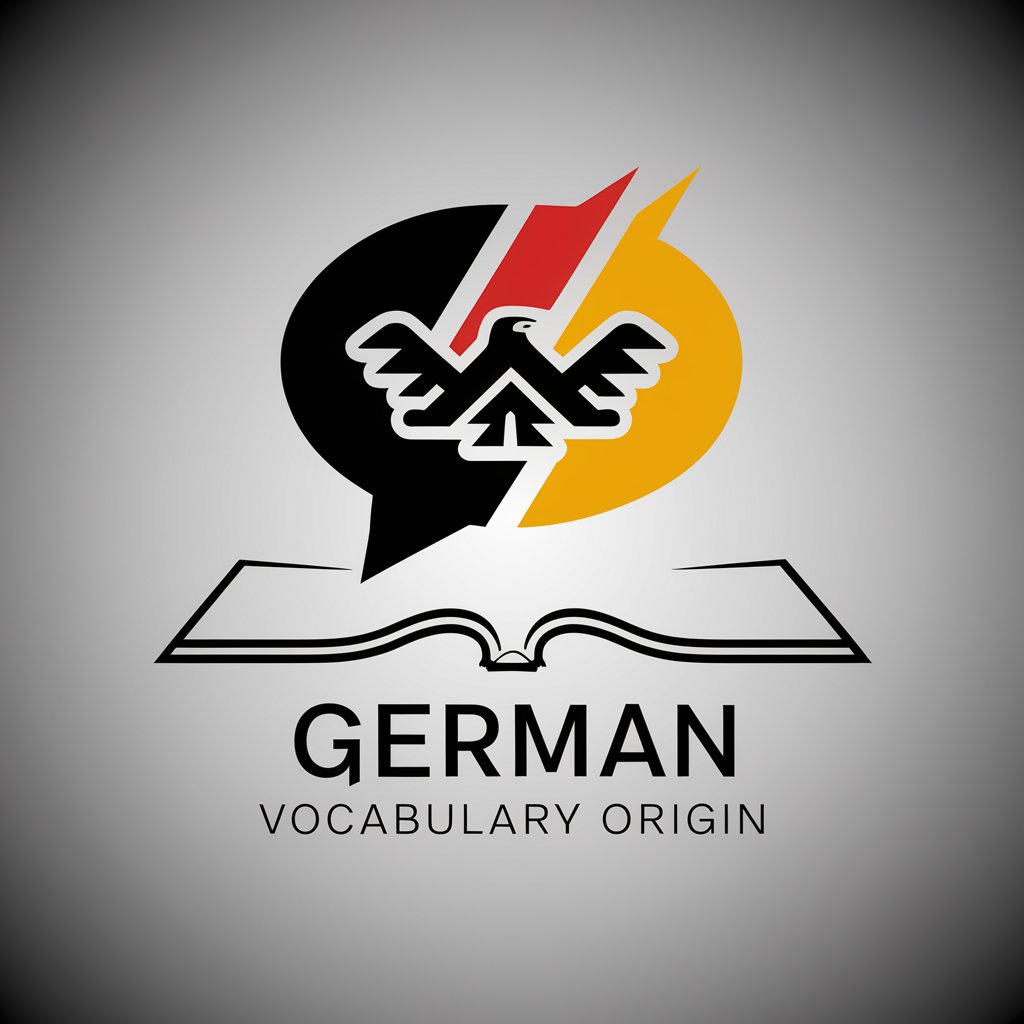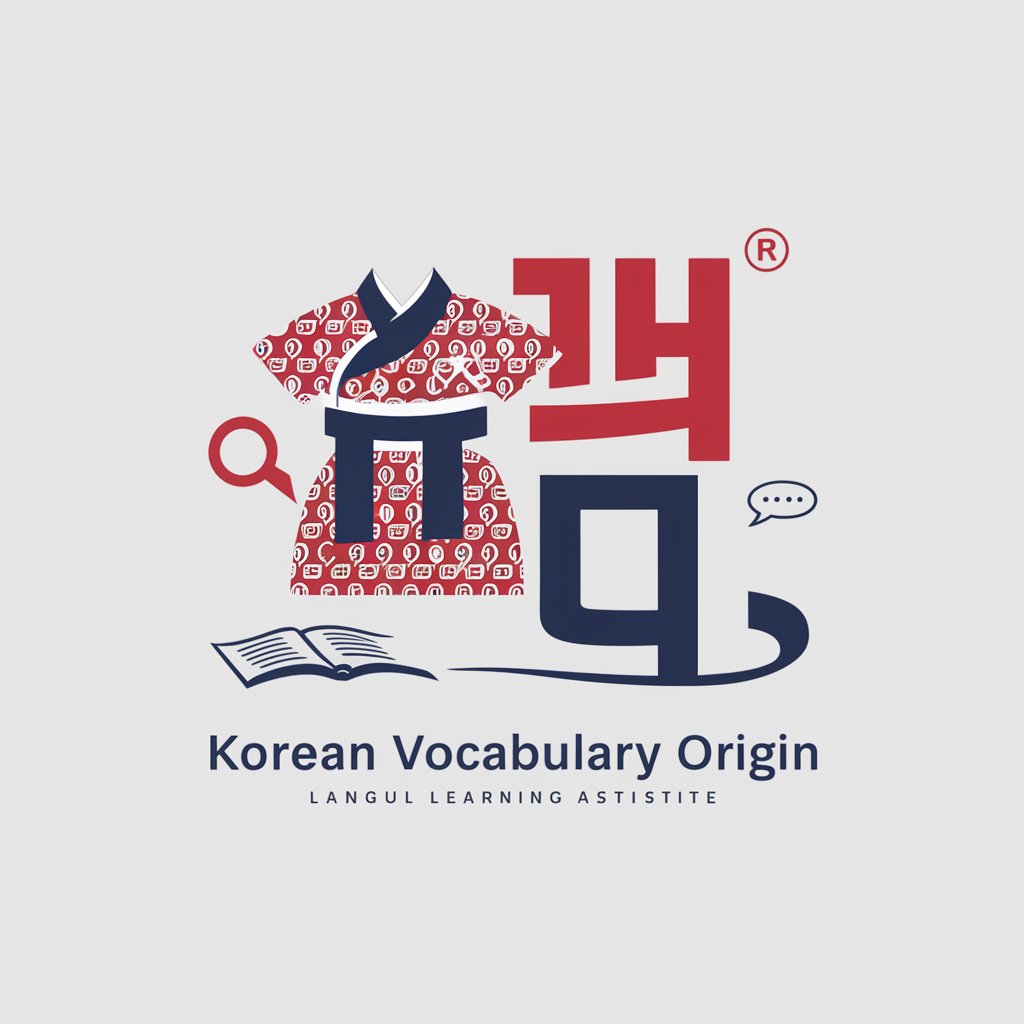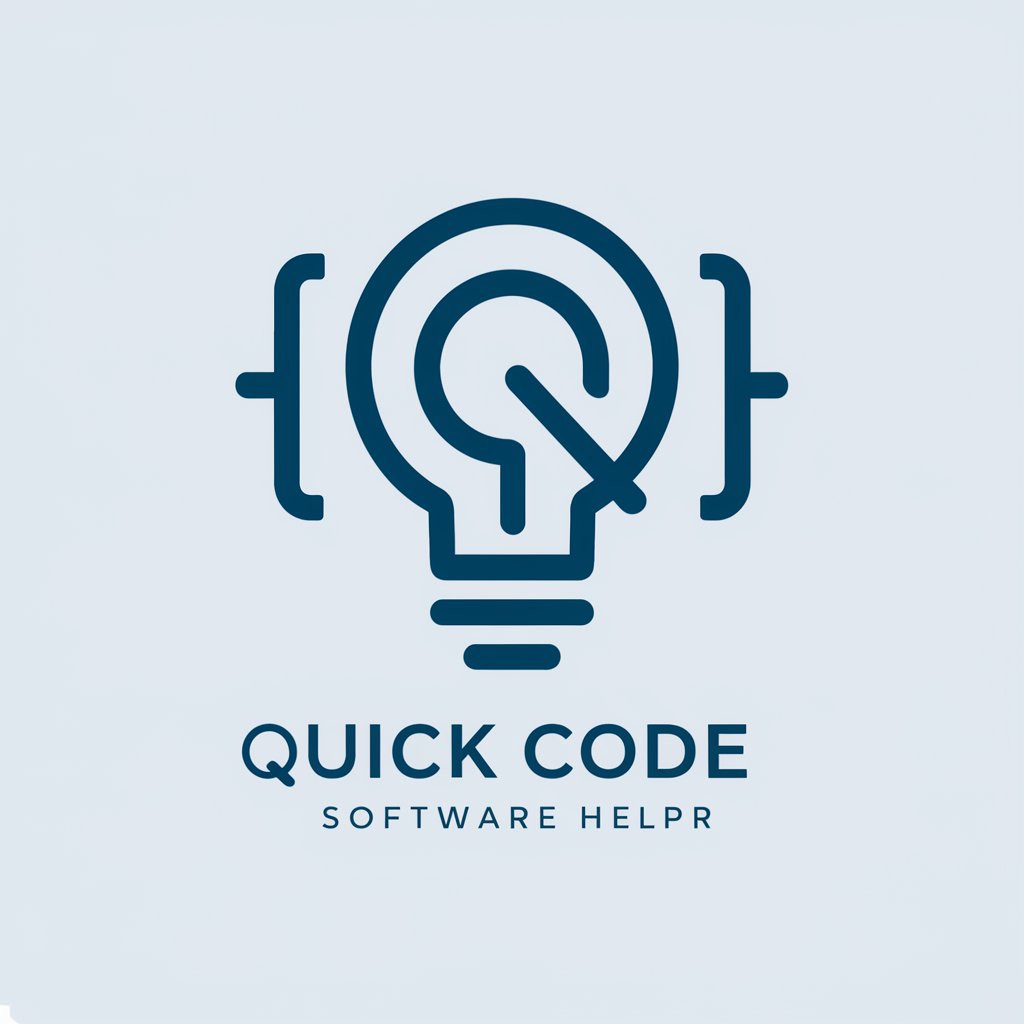Code Dictionary - Easy Code Understanding

Hi there! Need help with code? Let's dive in!
Decoding code, empowering developers.
Can you explain what this code does?
What does this function mean?
How do I use this coding concept?
What is the purpose of this line of code?
Get Embed Code
Introduction to Code Dictionary
Code Dictionary is designed as a supportive tool for those navigating the world of coding, from beginners to intermediate learners. Its primary aim is to demystify coding concepts, break down lines of code into understandable segments, and provide clear, jargon-free explanations. Imagine you're working on a Python script and come across a line of code that includes a lambda function - a concept you're not familiar with. Code Dictionary can explain that a lambda function in Python is a small anonymous function defined by the 'lambda' keyword, used for creating simple, one-off functions. The tool can also illustrate how it's used in code, making the concept more accessible and less intimidating. Powered by ChatGPT-4o。

Main Functions of Code Dictionary
Code Explanation
Example
Explaining 'for' loops in various programming languages.
Scenario
A user is familiar with 'for' loops in Python but struggles to understand how they work in JavaScript. Code Dictionary can explain the syntax differences and how 'for' loops are used in JavaScript, providing examples and context to bridge their understanding.
Definition Clarification
Example
Defining 'Object-Oriented Programming (OOP)'.
Scenario
A user comes across the term OOP while learning Python and is unsure what it means. Code Dictionary can explain that OOP is a programming paradigm based on the concept of 'objects', which can contain data and code: data in the form of fields (often known as attributes or properties), and code, in the form of procedures (often known as methods).
Contextual Insight
Example
Understanding the use of 'state' in React.
Scenario
A user is building a web application using React and encounters the concept of 'state'. Code Dictionary can explain that in React, 'state' refers to a component's internal data storage that determines its behavior and how it renders. By modifying the state, the component's appearance or content can change.
Ideal Users of Code Dictionary Services
Beginner Programmers
Individuals who are new to programming and need a friendly guide to help them understand basic concepts, syntax, and common programming patterns. Code Dictionary can serve as an interactive textbook that responds to their specific queries.
Hobbyists and Self-Learners
Those learning coding as a hobby or through self-study who may not have structured support or a classroom environment. Code Dictionary provides a way to get quick explanations and examples to aid their learning journey.
Transitioning Professionals
Professionals from non-technical fields who are transitioning into tech roles and need to build a foundation in coding. Code Dictionary offers a supportive platform to clarify new concepts and apply them in real-world scenarios.

How to Use Code Dictionary
Start Without Login
Visit yeschat.ai to explore Code Dictionary without the need for signing up or subscribing to ChatGPT Plus.
Identify Your Coding Question
Clearly define the coding concept, line of code, or programming language feature you need help with for a more focused assistance.
Ask Your Question
Type your question into the chat interface. Be as specific as possible to ensure the most accurate and helpful response.
Review the Explanation
Read through the provided explanation carefully. Code Dictionary aims to break down coding concepts into easy-to-understand language.
Practice and Apply
Utilize the insights gained to practice coding. Experiment with variations of the examples provided to reinforce learning.
Try other advanced and practical GPTs
WEUI CodeCraft
Transforming designs into code, powered by AI

Date Origin GPT
Crafting Your Perfect Romantic Moment

Rules of Origin Analyst
Navigate Trade with AI-Powered Precision

German Vocabulary Origin
Unravel the roots of German vocabulary with AI

Korean Vocabulary Origin
Discover the roots of Korean language, powered by AI

That GPT Rizz
Empowering Your Love Life with AI

CoderRECODER
Transform your ideas into code instantly

IFC Insight
Demystifying IFC schemas with AI-powered precision

Quick Code Help
Empowering your code journey with AI.

Coding Guru
Elevate Your Coding with AI Power

c++
Empowering development with AI-powered C++ insights.

WP GPT Poster - Post SEO Content To Your WP
Automate Your Content Creation with AI

Frequently Asked Questions About Code Dictionary
What programming languages does Code Dictionary support?
Code Dictionary supports a wide range of programming languages including, but not limited to, Python, JavaScript, Java, C++, and HTML/CSS. It's designed to assist with fundamental concepts applicable across these languages.
Can Code Dictionary help me debug my code?
Yes, Code Dictionary can help identify common errors and suggest debugging strategies. However, for best results, provide specific error messages or describe the unexpected behavior in detail.
How can beginners benefit from using Code Dictionary?
Beginners can use Code Dictionary to understand basic programming concepts, syntax, and common functions in a simplified manner, making the learning process more accessible and less intimidating.
Is Code Dictionary suitable for advanced programmers?
While Code Dictionary is tailored more towards beginners and intermediate users, advanced programmers can use it to quickly clarify doubts or brush up on less familiar aspects of programming languages.
How does Code Dictionary simplify complex coding concepts?
Code Dictionary breaks down complex coding concepts using analogies, simple language, and real-world examples, making them easier to grasp for learners at all levels.
